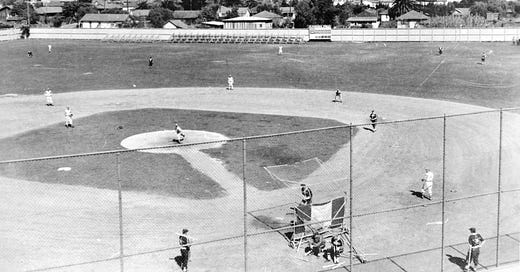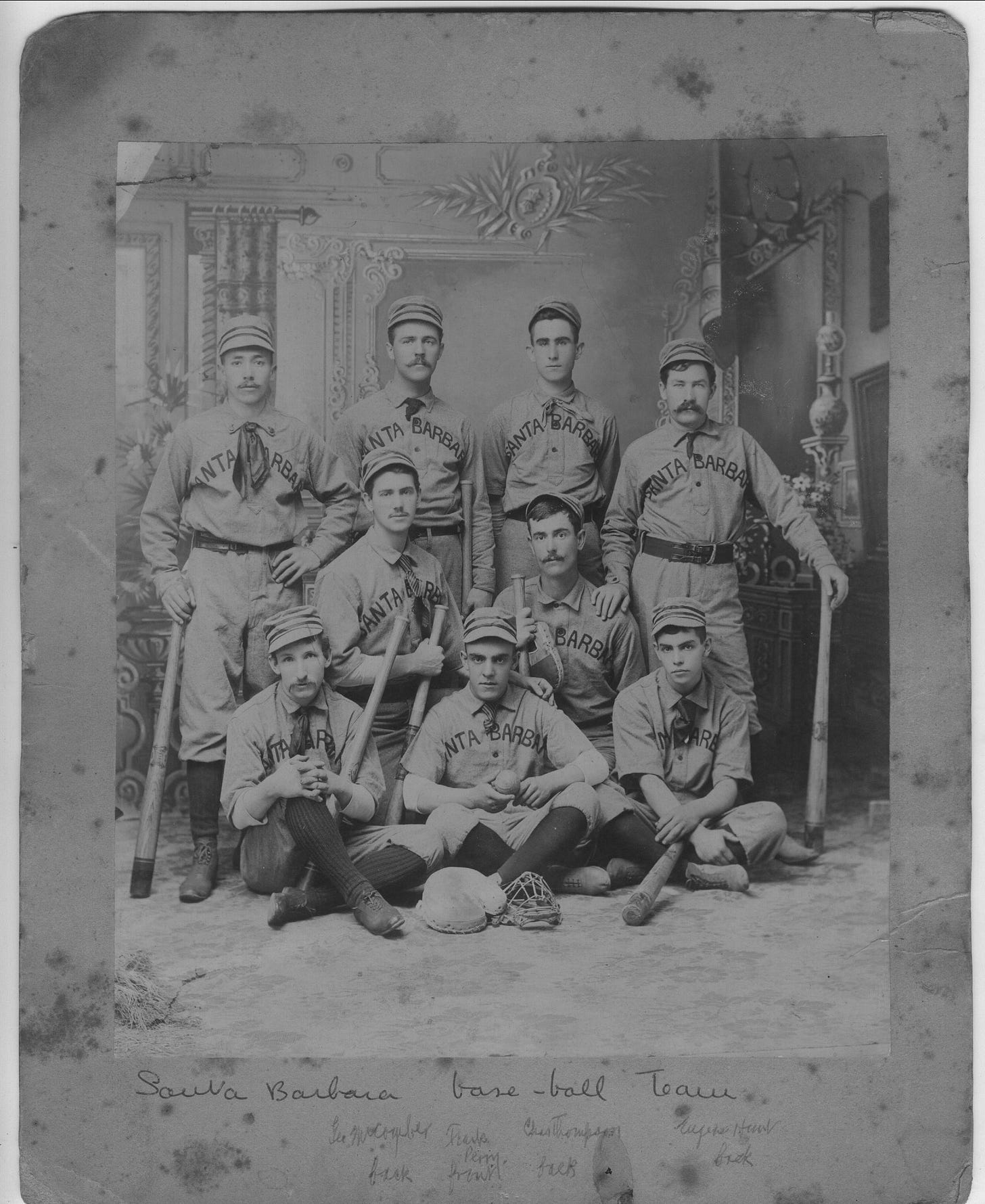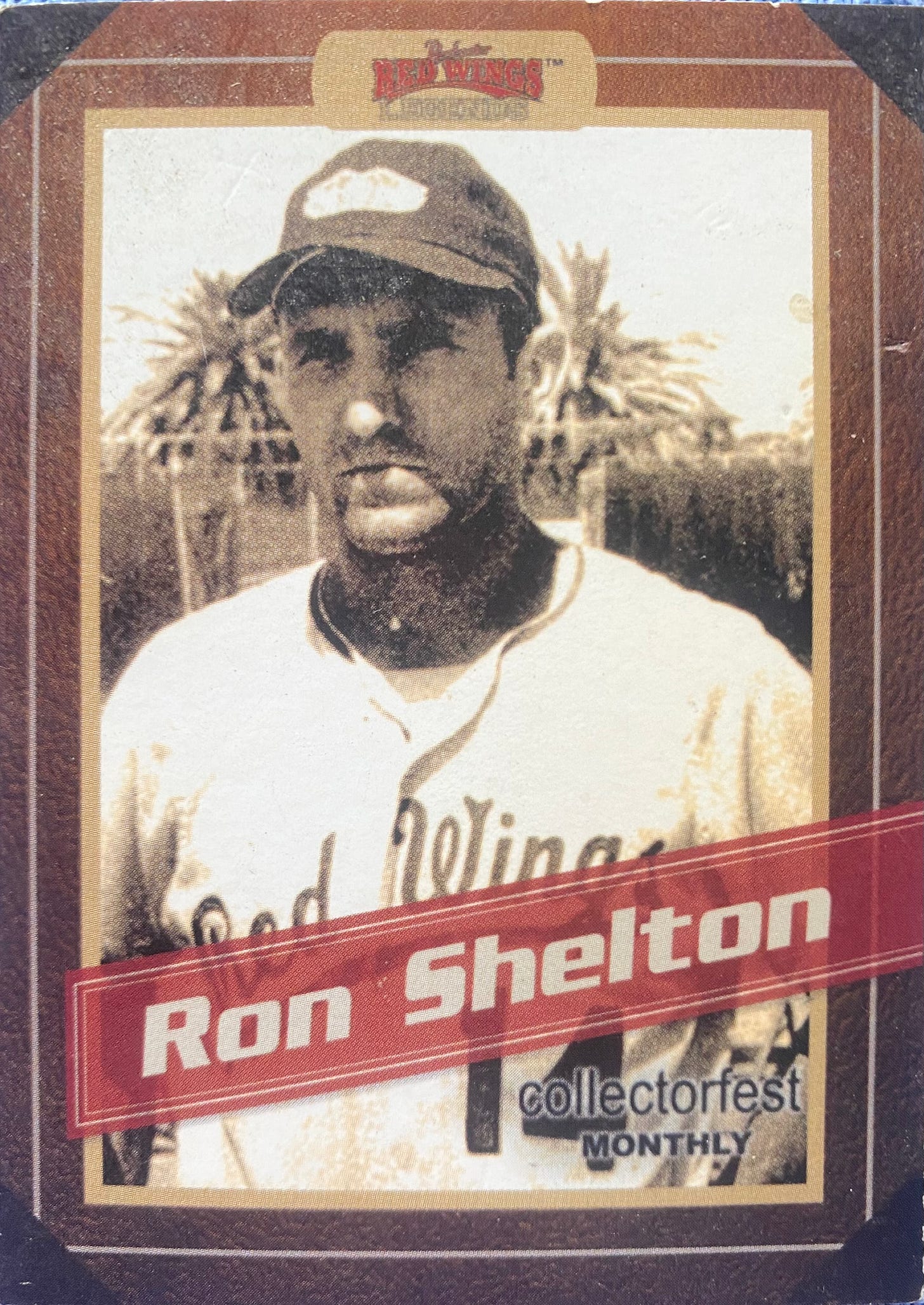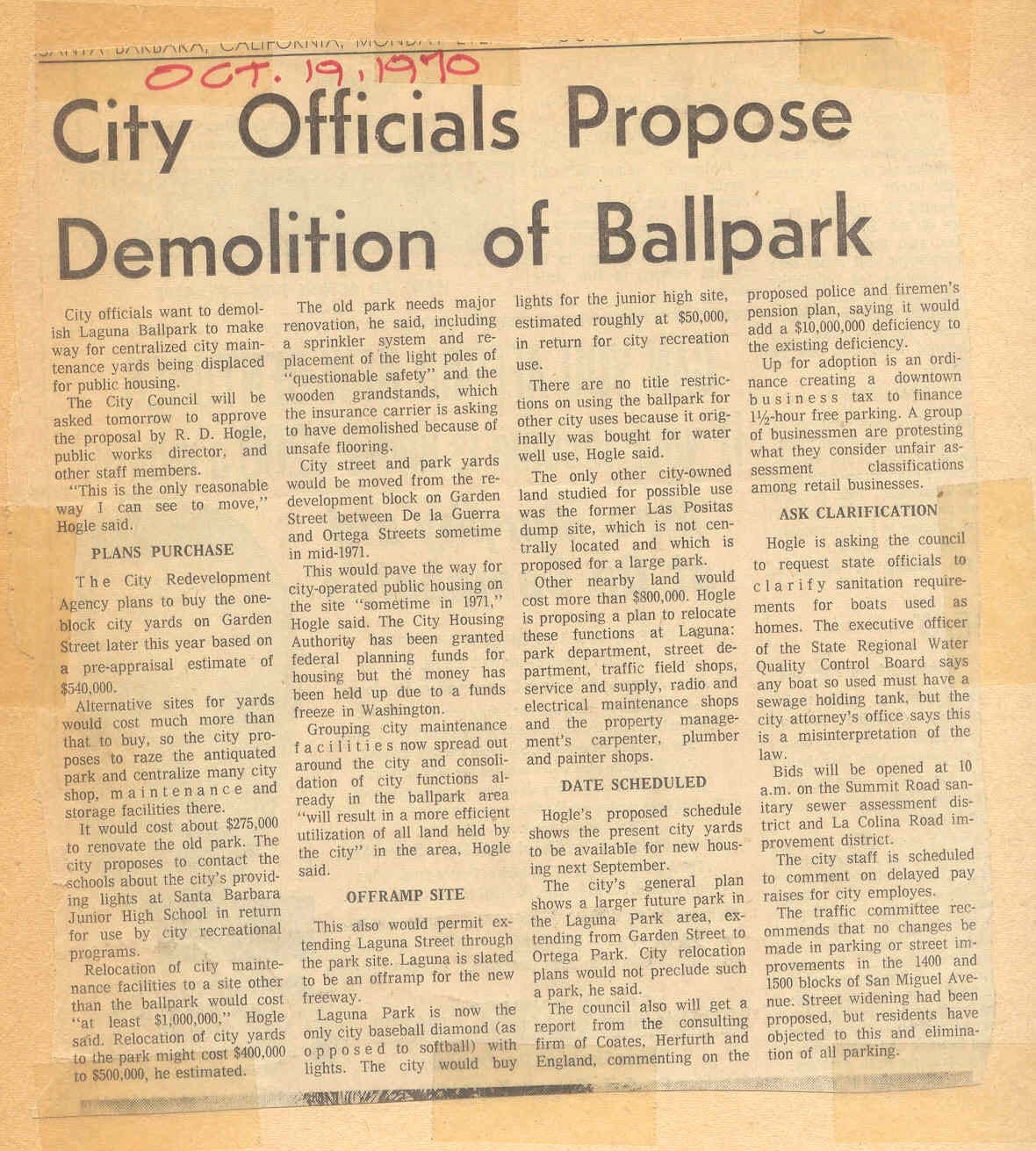Play Ball! As Baseball Returns, a Look Back at America's Pastime in Santa Barbara
Tracing the history of baseball in Santa Barbara to pre-Civil War days, our favorite local historian shows why there are few more idyllic settings for a game based on innocence and the hopes of spring
By Cheri Rae
Baseball has a long history in Santa Barbara; according to Walker Tompkins, America’s game was first played in Santa Barbara in 1847.
A regiment of volunteer soldiers from New York City had learned to play baseball with the New York Knickerbockers. They traveled West to fight in the War with Mexico, but by the time the arrived in California—after the long trip around Cape Horn—the war was over.
These would-be soldiers of Company F decided to stay in Santa Barbara and regularly played their favorite game at the intersection of State and Cota streets.
Baseball grew in popularity, with the formation of local city teams that often played each other in hotly contested games. As reported in The Morning Press in March of 1900:
Santa Barbara will concede many things to Ventura for the sake of friendship, but the line is drawn when it comes to baseball. It will never do to let Ventura win next Sunday’s game, so the fans say, and they contend that nothing short of a great calamity can prevent victory perching upon the banner of the locals. It is going to be a wonderful game—a real marvel.”
The Arlington Hotel maintained a playing field that was used by teams of guests, and local children learned to play on vacant lots.
In 1903, the game found a home, thanks to the United Electric, Gas and Power Company that built Athletic Park—the forerunner to the Pershing Park ball field. The seaside ballpark drew sailors from Navy ships, and even barnstorming professionals, including Satchel Paige and Babe Ruth who attracted huge, admiring crowds.
But it was Laguna Park where Santa Barbara found its baseball heart and soul.
The Church of Baseball. Santa Barbara High School alumnus and standout athlete Ron Shelton (Class of ‘63) grew up idolizing fellow Don and eventual Hall of Famer Eddie Mathews (Class of ‘49).
Shelton went on to play minor league baseball for the Rochester Red Wings and to write and direct Bull Durham, one of the best baseball movies ever, which starred local resident Kevin Costner, credible as the worldly veteran catcher/slugger Crash Davis.
Shelton wrote the immortal line, “I believe in the Church of Baseball.”
WPA wonder: Santa Barbara once had its own cathedral dedicated to the sport: Laguna Park, where Shelton earned the right to play.
“If you made it to the Pee Wee League World Series, you got to play at Laguna Park. For a kid, that was like playing at Yankee Stadium. I grew up there,” he said.
Shelton’s reverence for Laguna Park—his memory of a sign there that read: “Go to Church”—and its distinctive green outer fence and grandstands inspired his vision for the ballpark in the 1988 film.
Laguna Park, designed by local architect Winsor Soule, was built by the Works Projects Administration, part of the New Deal, in 1938.
The big green stadium sprawled across two Eastside blocks bounded by Olive, Ortega, Garden and Cota streets. For more than thirty years its field of dreams beckoned players and fans as it hosted teams playing in every level of the game—including youth playing in Pee Wee and Pony League; local high school and college teams; local businessmen playing against each other; California League teams; as well as farm teams for the New York Mets and the Brooklyn, later Los Angeles, Dodgers.
The park could seat up to 4,000 and the field was larger than Ebbets Field or Wrigley Field—it was 317 feet down the left field line, 440 feet at center, and 382 feet on the right field line. But its low-lying location was often problematic for players and fans alike, due to a propensity for flooding after rain and it was often chilly, with visibility issues when it was foggy.
Eventually, Laguna Park was a casualty of multiple factors including waning public interest after the professional organizations pulled out their farm teams; the ability to watch major league games at home on television; economic issues related to maintenance, and the city’s desire to use the location for its repair yard and parking for its fleet of buses.
Yes, they literally paved paradise and put up a parking lot.
In October of 1970 historian Walker Tompkins lamented the loss and eulogized the onetime sanctuary of sport:
OBITUARY NOTICE: Laguna Park, age 32. Late of 321 E. Cota. Born 1938, died 1970 of termite-itis complicated by acute apatheticus publicus. Beloved friend of three generations of Santa Barbara baseball fans. Please omit flowers.
On its demolition, Shelton said, “I was appalled. To me, it was like they’d torn down the Notre Dame Cathedral, or the Mission, or the Courthouse. And for what—a storage yard?”
Rite of spring. Memories of Laguna Park have faded into nostalgia, but the spirit of baseball, this annual rite of spring, offers a lot to believe in as a new season beckons.
If baseball is a church, its incense is the scent of freshly mown grass; its opening hymn is The Star-Spangled Banner; its altar is home plate, and its homily always begins, “Play Ball!”
Congregants gather on bleachers and gaze out reverently at the tableaux laid out before them: the impeccably kept green playing field and accented with bright white lining the base paths, defining the batters’ box and circling the spot for the on-deck batter.
It’s where some prayers are answered, others cruelly ignored; the place where hope stays alive, year after year as the players change jerseys and move on, but the team continues to play the game, always keeping the faith.
And its High Holy Day is Opening Day, this year, on March 27th.
For baseball fans across the country, it’s one to celebrate, the moment that makes spring worth waiting for. As Shelton wrote, “The only church that truly feeds the soul, day in, day out, is the Church of Baseball.”
Images: Laguna Park; Turn of the century Santa Barbara ballplayers; Ron Shelton’s Rochester Red Wings trading card; News story about the demise of Laguna Park.







Glad someone has the guts to tell the truth about the Emporer who has no clothes on. The Trump #%#%# show is getting so surreal it may collapse the world order! How can this insanity happen? And not be stopped?